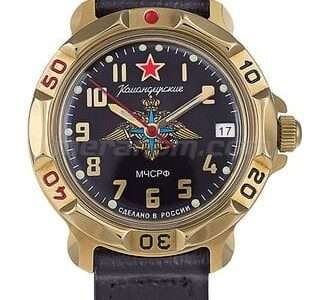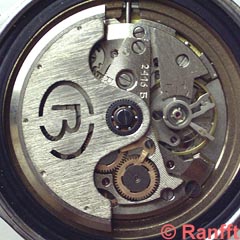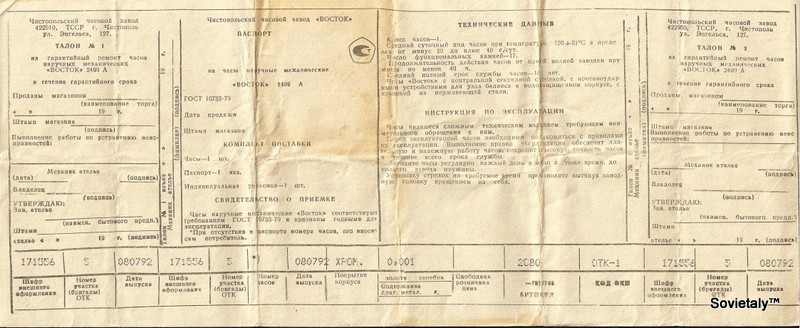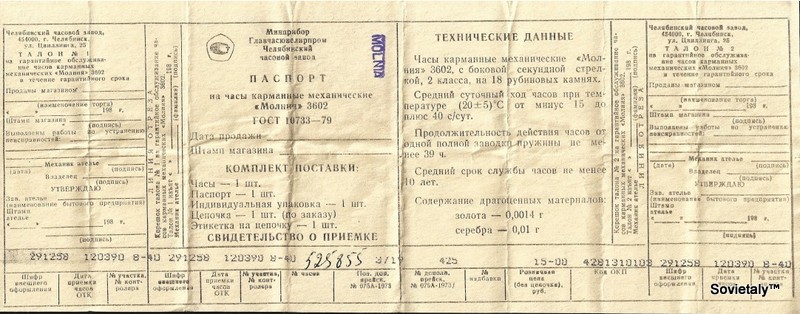The Emblems Behind Vostok Komandirskie
Each Vostok Komandirskie model showcases an emblem that represents an official Russian institution. Here are three remarkable examples:
Vostok Komandirskie 819630 – Russian Airborne Troops (ВДВ)
The Vostok Komandirskie 819630 proudly displays the emblem of the ВДВ (Vozdushno-Desantnye Voyska), Russia’s elite airborne forces, known for their strategic operations and rapid deployment.
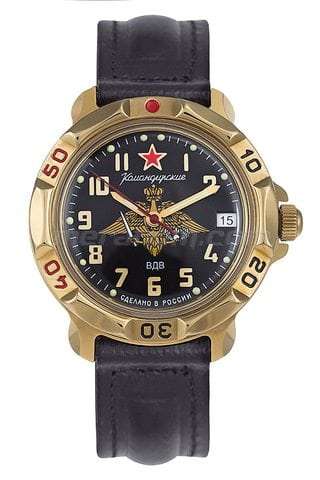
👉 Discover this model here
Vostok Komandirskie 819633 – Border Guard Service (ПВРФ)
This version features the insignia of the ПВРФ (Pogranichnaya Sluzhba FSB RF), the Border Guard Service of the Russian Federation, a division of the Federal Security Service (FSB).
👉 Get yours here
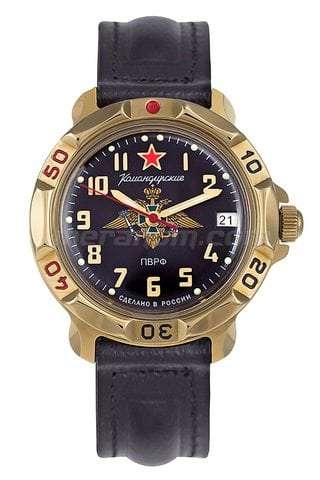
Vostok Komandirskie 819639 – Ministry of Emergency Situations (МЧС РФ)
The Vostok Komandirskie 819639 is adorned with the crest of the МЧС РФ (Ministerstvo po Delam Grazhdanskoy Oborony), Russia’s Ministry of Emergency Situations, responsible for civil defence and disaster response.
👉 See the model here
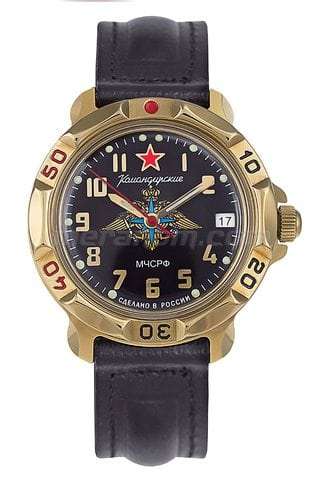
Why Choose a Vostok Komandirskie?
- Collectible Appeal → Each model carries a unique history and real institutional ties.
- Military-Inspired Design → Authentic symbols and bold dials make every piece stand out.
- Affordability → Unlike many military-style watches, Komandirskie offer excellent value for money.
- Proven Durability → Powered by the Vostok 2414A movement, built for longevity.
Where to Buy a Vostok Komandirskie?
You can find these legendary Russian watches on Meranom and at select specialist watch retailers.
🔴 Explore the collection and wear a piece of Russian history!

